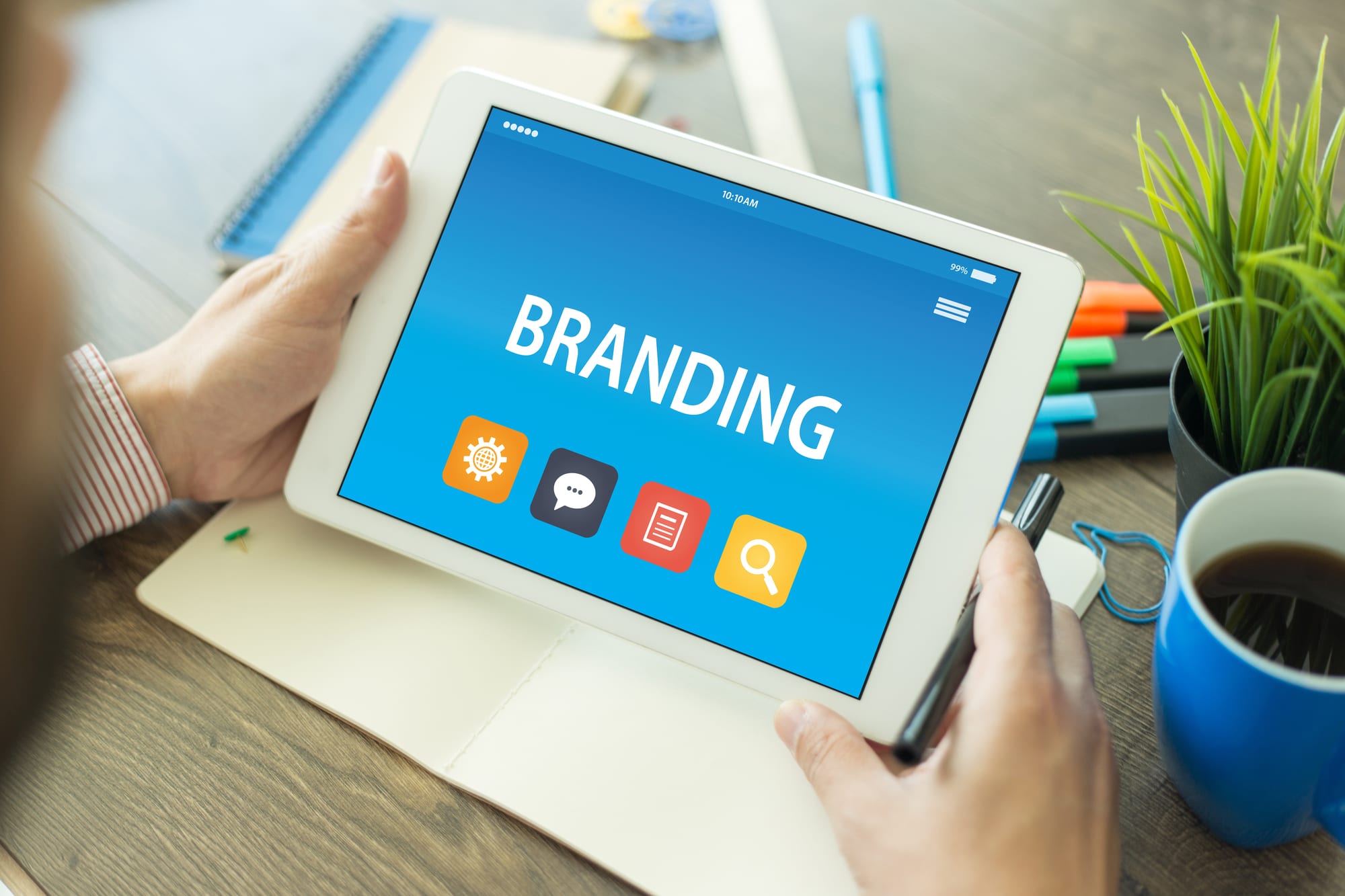For a while now, virtual reality has been growing in popularity. We’ve seen virtual reality technology used in advertisements, in film and other forms of media over the years, and with further development of this, the possibilities for VR and its uses are endless. VR turns viewers into participants, immersing them fully into the experience… by nature of how the technology is used you create an incredibly deep level of engagement and hold attention in a way, traditional mediums can’t. This is demonstrated in advised lengths before viewers drop off for the online film being 60 seconds and VR being anywhere up to 5 minutes. VR is at the cutting edge of technology, it possesses a wow factor that traditional formats do not. Virtual reality is a fast becoming a useful piece of technology for brands to use, and this article will be breaking down why.
Some common misconceptions about virtual reality:
It’s too expensive
For years now, VR has been way too expensive for general use. However, headsets are actually getting cheaper – the Daydream is only around £70 and Samsung Gear VR just over £100. Also, major tech companies WANT NGOs and charities to make VR content. Facebook has founded ‘VR for good’ encouraging charitable projects involving virtual reality and the ‘Lighthouse Programme’ by Google offers funding, use of halo cameras and stitching services.
No one can watch it
Many think that VR has a high barrier to entry but even distribution is improving thanks to the continued progress of Facebook and Youtube’s 360 platforms and the popularity of Google Cardboard. it’s becoming more and more accessible to everyone, including your potential audience.
Complex Production
Capturing 360 degrees around you is more like theatre than film in terms of how you capture and choreograph it, but this can be overcome by planning. There’s also the opportunity to shoot a traditional film at the same time in order to maximize assets and use one to promote the other.
What’s the point?
Virtual reality gives us a unique opportunity to build empathy, deepen emotional narratives and really put viewers into someone else’s shoes.
Although there are many misconceptions, this doesn’t mean that virtual reality is without its flaws, there are many pros and cons of using this piece of tech, mostly concerned with production and accessibility.
Although there has been much progress with virtual reality, there are still some issues with this form of technology that need to be ironed out. One example of this is motion sickness – there have been reported issues of motion sickness due to the time lag. This is avoidable but needs to be considered when looking at the movement. For example, in Don’t Panic’s film for Rotary a teddy bear was used as a device to mitigate against issues of movement and motion sickness.
Another thing to keep in mind is the fact that the physical is as important as the virtual. If you’re walking in the experience but not, in reality, you lose presence – for example, it’s better to have someone traveling in a car so you can have them sat down in both scenarios. However, with the right strategy and planning, this can be easily avoided.
With virtual reality, storytellers are in a position of understanding of being able to work at the forefront of this and keep narrative at the heart – there’s also an opportunity to be found in shooting a traditional film at the same time in order to maximize on assets and use one to promote the other. An example of a brand using virtual reality film to make an impact was when creative agency Don’t Panic London released the Too Much Information campaign with the National Autistic Society in 2016. Autism is something that 99% of people have heard of, but very true truly understand. This campaign was designed to readdress that balance and VR was a fantastic tool to do this, as it allowed the viewer to truly stand the shoes of an autistic boy going through the same experience. This experience was hailed as one of the most accurate and insightful portrayals of autism by the general public and the autistic community alike.
VR is no longer just a fad, it’s a powerful piece of technology that has unfortunately been overlooked and misused, never reaching its full potential. We are now in a position of understanding of being able to work at the forefront of VR, keep narrative at the heart of experiences and really make a difference.


